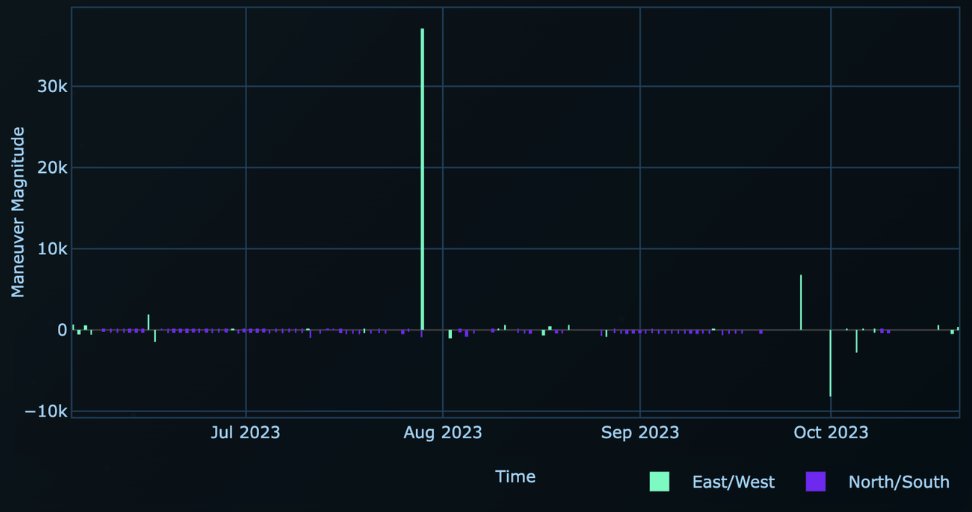RUSI has a new report out today on lessons from the first phase of the Ukraine war The authors include a Ukrainian lieutenant-general & @Jack_Watling. The paper is full of rich data & implications for other armed forces. I wrote up some highlights here: economist.com/europe/2022/11…
The full paper can be found here. "this report seeks to outline key lessons, based on the operational data accumulated by the Ukrainian General Staff, from the fighting between February and July 2022." rusi.org/explore-our-re…
The paper includes the most detailed and accurate account to date of the first phase of the war. "Many Russian soldiers arrived in towns [in the north] without their weapons loaded. They were – for the most part – not anticipating heavy fighting" static.rusi.org/359-SR-Ukraine… 

The contrast between north & south shows that the Russian invasion was not foreordained to fail. "The destruction of Mariupol...demonstrates the difference that could have been made elsewhere if Russian forces were properly prepared for heavy fighting." static.rusi.org/359-SR-Ukraine… 

One key lesson. "There is no sanctuary in modern warfare. The enemy can strike throughout operational depth." One answer is hardened protection. Another is deception. But ultimately the best way to survive is to move fast & keep moving. economist.com/europe/2022/11… 

Deception works. Ukraine photographed damage to airfields and printed the resulting pattern on to big sheets. "This led ... amusingly to the Russians debating whether Ukrainian fighter aircraft were operating from subterranean shelters" static.rusi.org/359-SR-Ukraine… 

Drones vital for intelligence, but eye-watering attrition. 90% of drones Ukraine deployed Feb-July were destroyed. Average life expectancy of fixed-wing drone was six flights; that of a quadcopter a paltry three. How long would European fleets survive?
economist.com/europe/2022/11…
economist.com/europe/2022/11…
Electronic warfare played (and is playing) a big role. But "fratricide is a systemic issue between Russian systems," notes the RUSI report. One example is Khibiny EW pod on Russian aircraft.
static.rusi.org/359-SR-Ukraine…
static.rusi.org/359-SR-Ukraine…

HIMARS genuinely marked a turning point: "The introduction of HIMARS and M270 firing GMLRS into the UAF therefore can be seen as the point where the Russian offensive on Donbas ended and the war entered a new phase". But authors are cagey on details. static.rusi.org/359-SR-Ukraine… 

At peak in Donbas Russia using "more ammunition in two days than entire British military has in stock". At Ukr rates of use UK stocks would "potentially last a week." UK lacks firepower to deliver kind of blunting effect that UAF achieved north of Kyiv" static.rusi.org/359-SR-Ukraine… 

"The oft-cited refrain of @DefenceHQ that these deficiencies are not a problem because the UK fights alongside NATO allies would be more credible if the situation...were much better among any of the UK’s European allies. It is not, except in Finland." static.rusi.org/359-SR-Ukraine…
RUSI: "The historical approach of the [ARRC] and 3 UK Division of erecting tented cities – command posts with a large physical footprint – is non-viable in wartime on the modern battlefield. These sites will be identified and struck."
On which topic, see: economist.com/technology-qua…
On which topic, see: economist.com/technology-qua…
Russian missiles not duds. "For the most part, the Russian missile systems are reliable and accurate...Russians routinely adapted flight routes for every mission and such missiles were observed to make up to 80 changes of course on their way to a target." static.rusi.org/359-SR-Ukraine…
Russia "can fabricate around 100 Kalibr missiles per year, for example, and this may come at the expense of other munitions because many Russian munitions have common key modules that act as bottlenecks in the production of multiple systems" static.rusi.org/359-SR-Ukraine…
Survival depends on "defeating precision". Three main ways to do it: stop a launcher from determining its own position, preventing enemy from locating you, or interfering with "mechanism for precision strike" (e.g. jamming its navigation signals with EW) static.rusi.org/359-SR-Ukraine… 

• • •
Missing some Tweet in this thread? You can try to
force a refresh









